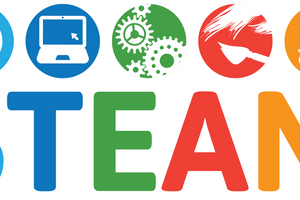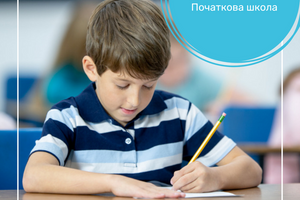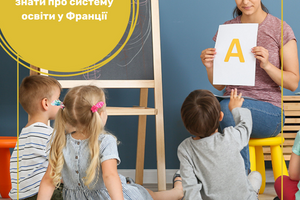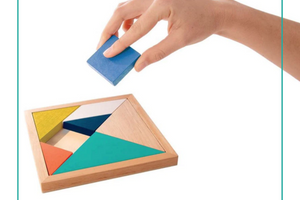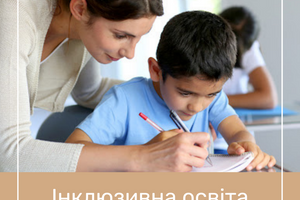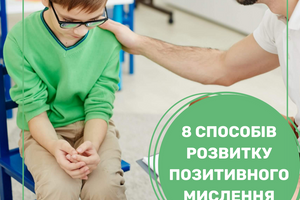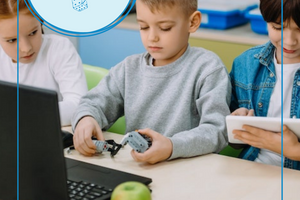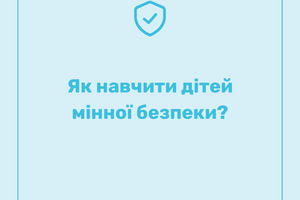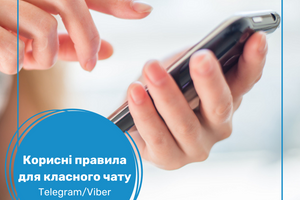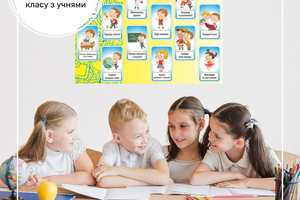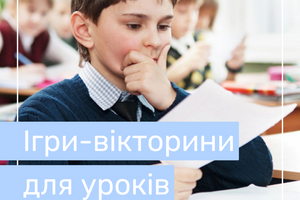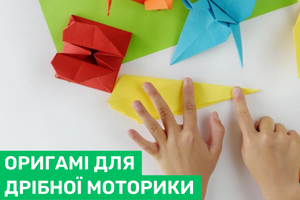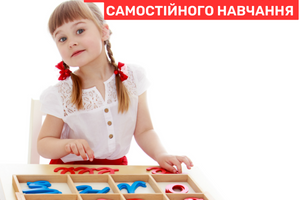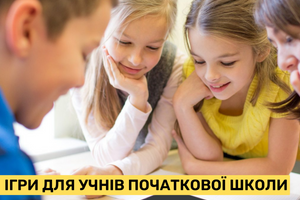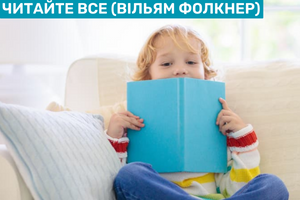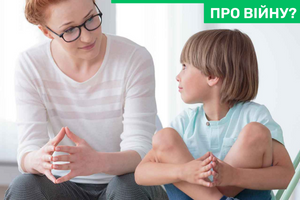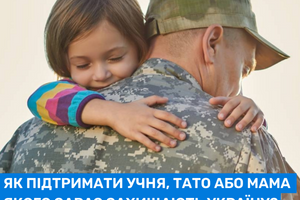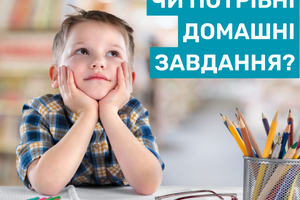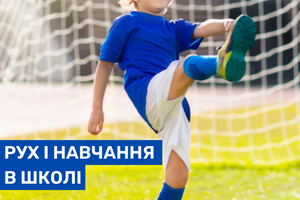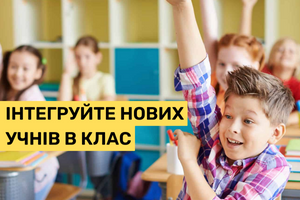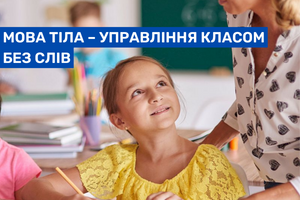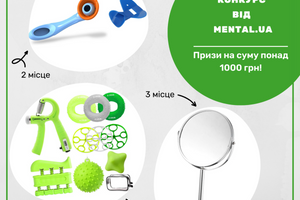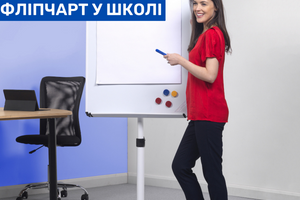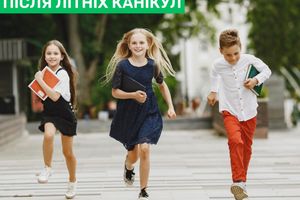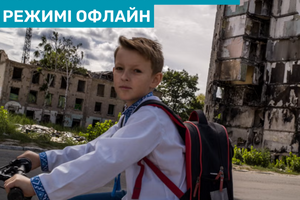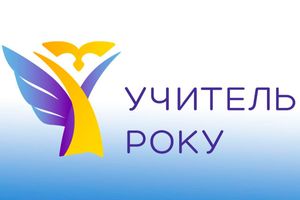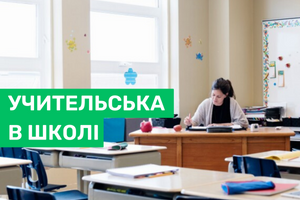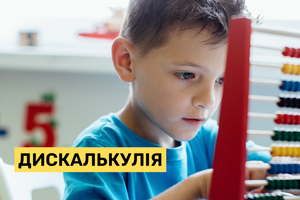Inclusion or inclusive education is not just about people with disabilities or special learning needs. Inclusion applies to all students, without exception, who study together in regular kindergartens, schools, colleges or universities.
The task of inclusive education is to provide everyone with equal opportunities for learning, and therefore to adapt the existing education system to include people with disabilities (and in no case vice versa, to adapt students with special needs to the system).
Inclusive practice can be defined as a set of approaches and methods that provide all students with access to basic education. Successful inclusion of children with special needs requires working together to ensure that all students, without exception, feel welcome and valued and receive the right support to help them develop their talents and achieve their goals. When education is truly inclusive, it truly benefits all students, not just students with disabilities or special needs.
Currently, the current education system creates barriers for students with disabilities: for example, if some school facilities are not accessible to students in wheelchairs, or if students with certain developmental disabilities lack adequate support to master the curriculum. Therefore, the first step to the introduction of education according to the new approach of the National Academy of Sciences is to create a comfortable educational environment.
Educational space of NUS: peculiarities and advantages of inclusion
Inclusivity is a shared responsibility. Therefore, creating an inclusive environment should be the responsibility of all stakeholders. Schools that are on the way to implementing inclusion share responsibilities between general education teachers, special education teachers, counselors, and English language teachers. True inclusion involves all adults in the school community: from parents of children with SEN and teachers to support staff (counselors, therapists, assistants, psychologists and social workers).
At the same time, all participants of the educational process receive a number of advantages:
1. Students gain invaluable communication and interaction skills. Inclusive practices in schools make learning and academic success more accessible to everyone.
2. Inclusive education allows students with SEN to fully discover the full range of their educational opportunities, including learning and practicing important social skills. In addition, inclusion promotes a variety of friendships and communication, thereby enriching the lives of all students.
3. Statistically speaking, students in inclusive schools have fewer absences, fewer behavioral problems and higher self-esteem. When all students feel included and important members of the school community and society as a whole, they are more interested in their own education.
4. Inclusive schools make an important contribution to the development of society, increasing the general level of tolerance and recognition of the needs of inclusion of people with special needs.
5. All students and teachers benefit from an excellent support system: adaptation of study plans, psychological consultations, etc.
How to equip an inclusive office
Inclusive education means that all students have equal opportunities to learn, regardless of physical, intellectual or emotional disabilities. Inclusive classrooms have adaptive equipment and furniture, learning and communication aids, as well as everyday objects and mobile equipment to meet all the needs of students.
There are no standard schemes for the equipment of inclusive classes — the Ministry of Education and Culture offers only a recommended list of equipment for the resource room. Why so? While there are a number of factors involved in providing an inclusive, comfortable classroom for all students, especially those with special needs, the most important aspect is the individual needs of each student enrolled in a given classroom during a given school year.
Therefore, instead of the old-style classroom model familiar to domestic schools, which is designed to meet the needs of the collective, and not of an individual person, in the inclusive class, modification and adaptation are used to meet the needs of each individual student.
Individualized education programs for children with SEN, combined with the participation of parents, guardians, therapists, and the medical team, will help teachers and school administrators determine: what models, didactic materials, devices and software are necessary to support these students.
For inclusive classrooms, you can find specially designed classroom furniture, seating options and equipment for indoor and outdoor recreation, which will help to fulfill a wide range of necessary adaptations and adaptations, as well as assistive technologies and additional communication devices for learning and development.
The rather complex process of teaching children with disabilities or intellectual disabilities, sensory processing problems, physical problems and mobility disorders can be greatly simplified and made comfortable for all participants in the learning process: with the help of supportive and adaptive equipment.
Sensory room at NUS: equipment for the resource room
In order to figure out which equipment to buy for the resource room, you must first decide on the type of cabinet. Sensory rooms are conditionally divided into:
light (stimulating),
dark (calming).
Bright resource room (other names: active, sensorimotor) is a spacious office with bright daylight and artificial lighting. In such a room, there is a lot of special equipment with light-optical effects, which has a positive effect on children of all ages, creates an atmosphere of celebration and fun, and stimulates mental and physical activity. The following equipment can be installed in a bright sensorimotor room:
special mirrors that visually increase the area of the room;
massage devices: balls, massagers, mats with different types of surfaces;
dry pools filled with colorful plastic balls;
projectors for creating colored wall patterns;
tactile panels of the type of business boards;
soft modular puzzles, labyrinths, game sets;
light sandboxes for activities using kinetic sand.
A dark resource room (other names: passive, relaxation room) helps to quickly calm down, relax children, and restore their psycho-emotional state. In addition, the relaxation room itself is an integral part of the rehabilitation of psychologists for neuroses, hyperactivity, anxiety states, delays in psychomotor development, language problems, and adaptation disorders.
Such an office must be equipped with special equipment:
devices with diffused lighting, the effect of a starry sky or a light waterfall;
light columns with bubbles and additional decor;
salt lamps, lava lamps, lighting;
light curtains;
sensory pillows, vests, hammocks;
soft frameless furniture filled with granules, etc.
Additional stimuli in a dark room are the sounds of nature, soft soothing music, aromatherapy, and neutral colors that dominate the design of the room.
Need help choosing equipment for inclusive classes and creating full-fledged resource and game rooms? Choose equipment from the list of MES in the "Inclusive education" section









